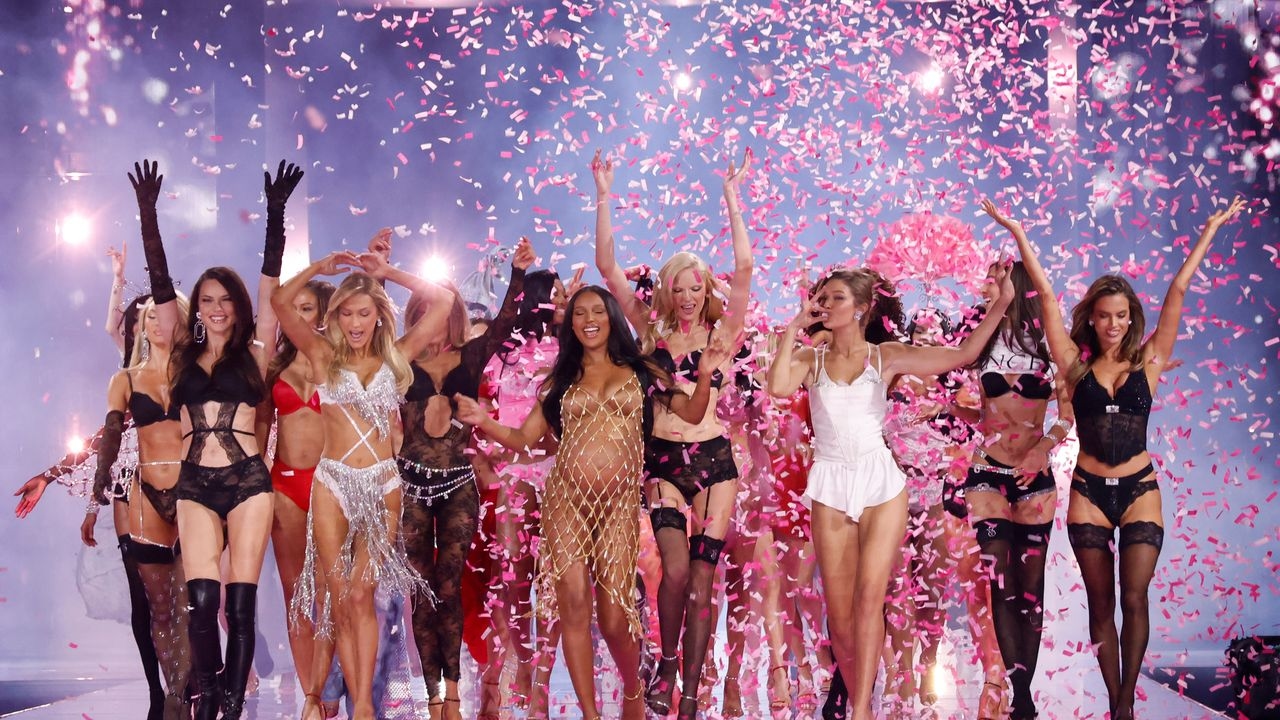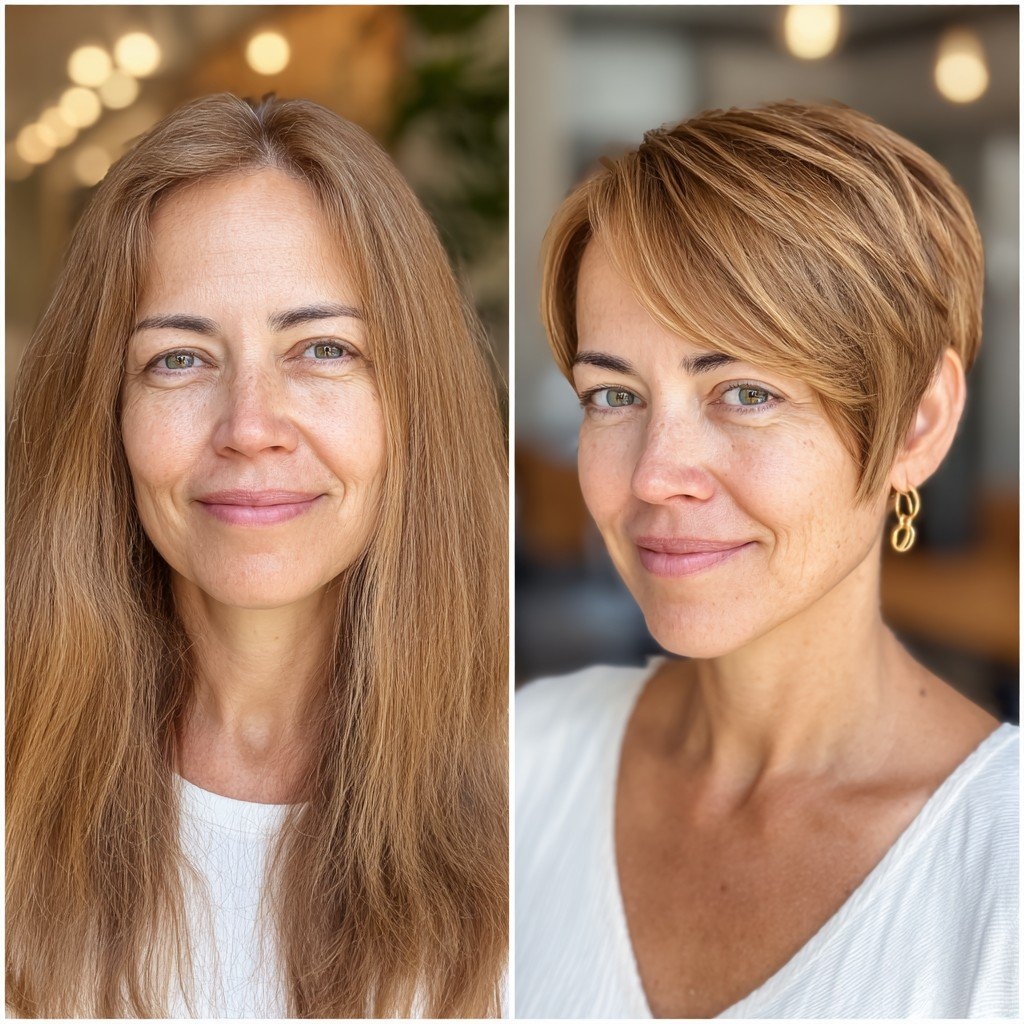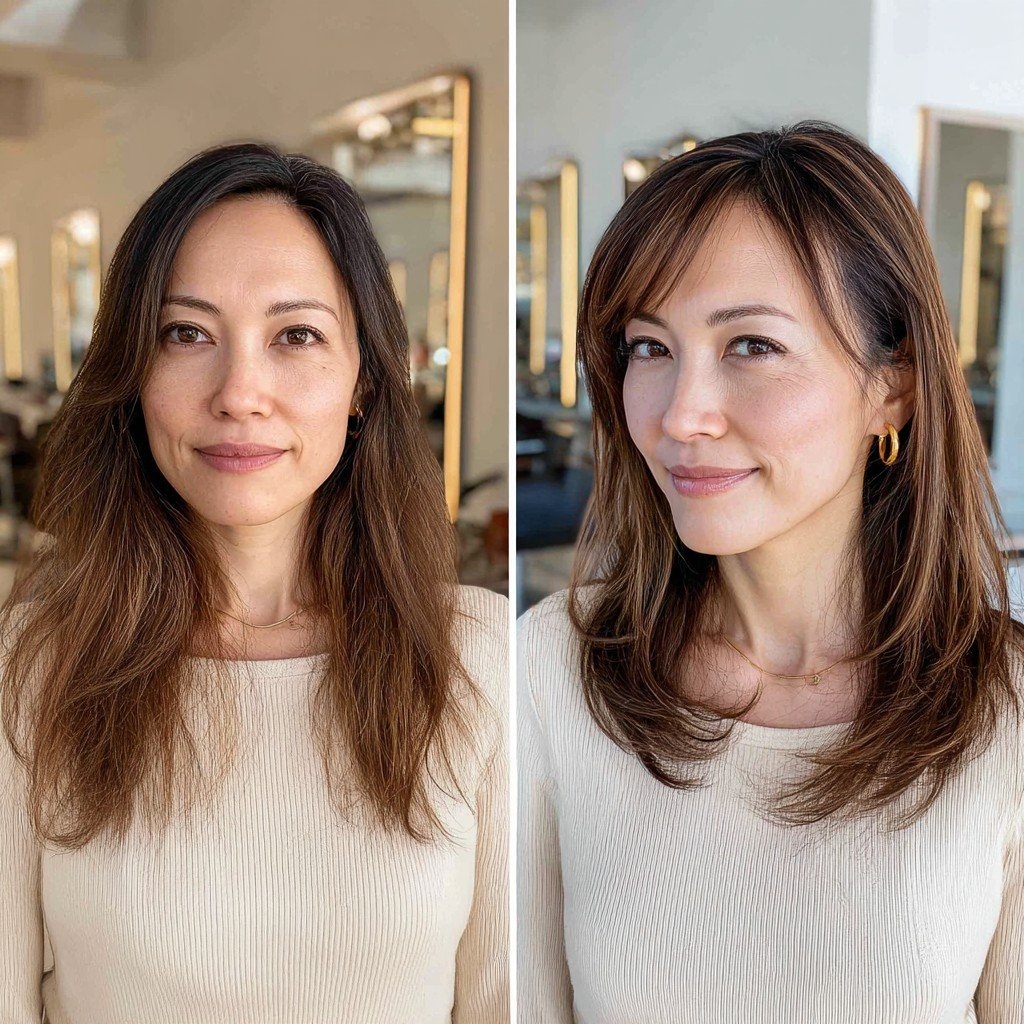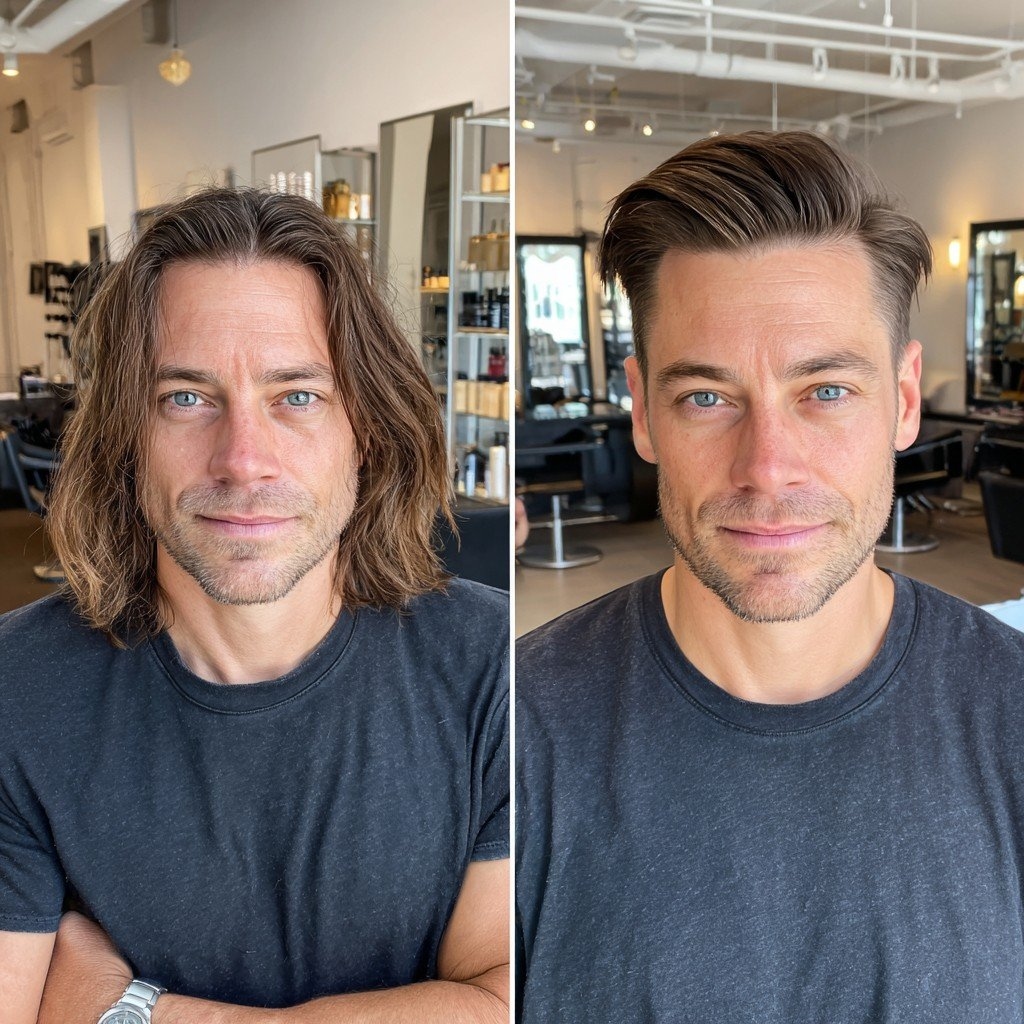This Victoria's Secret Fashion Show Moved the Brand Forward — Is That the Progress We Want?

The first time I watched the Victoria’s Secret Fashion Show, I was 7 years old. Whether I grasped it or not, seeing thin bodies, bombshell hair, and impossibly beautiful women held up as the standard of fashion and womanhood nestled into my (and millions of other young people’s) psyche for decades. It was a joke that these women were so beautiful, but an accepted one. For most of the show’s history, from 1995 to 2018, that was literally the point. “Fantasy” illustrated by cis women, 5’8” and taller, whose abs were prevalent by whatever measures necessary, was supposed to be an unattainable but desired goal.
But from 2018 to 2022, deep issues within the company continued to spill into the public, and the insistence on a particular type of woman representing their brand turned sinister. In 2018, Razek’s fatphobic and transphobic comments started the first wave of backlash. In 2019, The New York Times exposed the relationship former CEO Les Wexner had with Jeffrey Epstein, which included the allegation that Epstein used his connection with the brand to lure women. Then, in 2022, garment workers alleged that the company refused to pay them the owed severance wages from layoffs during the pandemic. Victoria’s Secret later settled for $8.3 million.
Still, the brand is trying to push forward since those problems came out. There is a new CEO, a new creative director, and a new standard for advertising. The show is back where it always was, loud and dominant in the news, this time with a wider range of Angels (the standard of what’s angelic hasn’t changed all that much, we still have bombshell hair and pretty makeup, and neutral nails.) It is arguably still a fast fashion brand, producing large quantities of garments – though it has taken some small steps to address carbon emissions and raw material supply chains.
teenvogue





